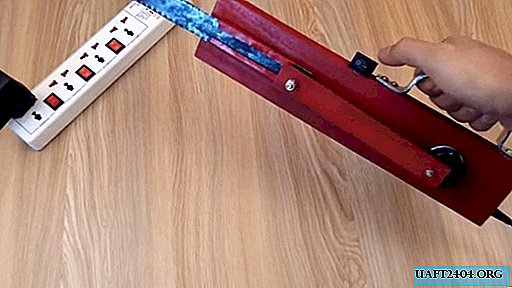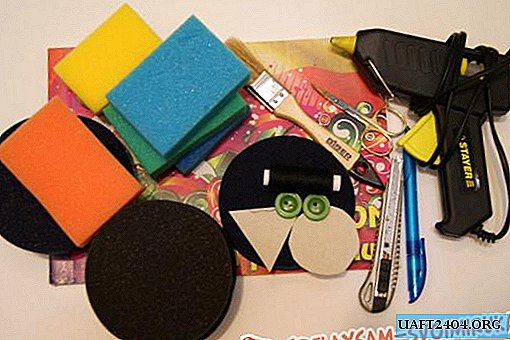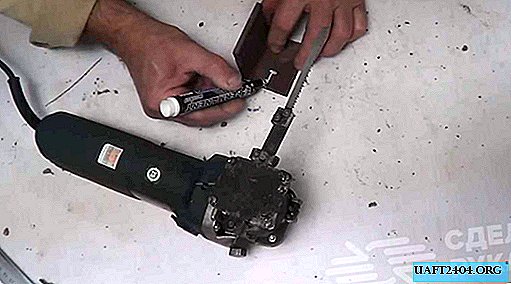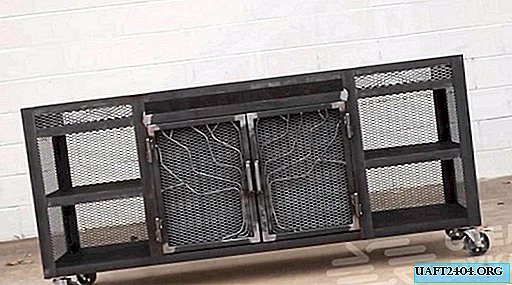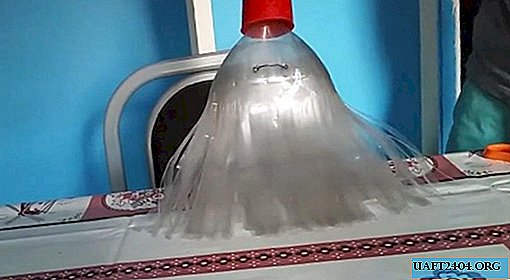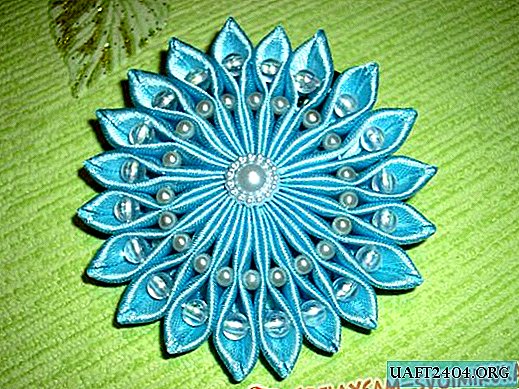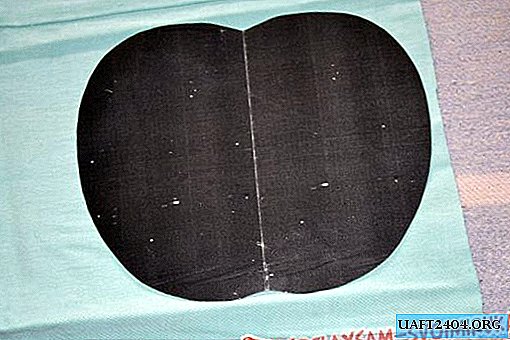Share
Pin
Tweet
Send
Share
Send
So, the pencil case consists of 11 parts. The table shows their sizes, the necessary work that needs to be ordered in the cutting-format workshop, the dimensions are indicated in millimeters.

To calculate your size, use the following algorithm:
1. Define the cabinet parameters - length X width X depth.
2. Dimensions of the side walls - length X depth.
3. Shelves - depth X (width - 2 * chipboard thickness). In our case, the thickness of the chipboard is 16 mm.
4. Lower facade - usually take 50-70 mm high, as wide as shelves.
5. Back wall and door - (length - facade height - 5 mm) X (width - 5 mm).
Also, do not forget to order 3 round holes in the door, with a diameter equal to a hinge (for example, 40 mm), located 100 mm from the upper and lower edges, the third hole is exactly in the middle. The edge is different in thickness from 0.6 to 2 mm and the material: paper and plastic. The best option is a plastic edge of 1 mm.
Necessary tools and materials:
- a drill with a konfermatnoy drill, set along the length of the konfermat (in this case 45 mm);
- a screwdriver with a hexagon or a manual hexagon;
- confermates and decorative caps for them;
- square, tape measure and pencil.

All parts and tools are ready, proceed to assembly.
Step 1. On the side walls from the bottom we measure 58 mm (50 mm facade + 8 mm half the thickness of the chipboard, called the hole along the axes). We draw a line with a pencil, on it we measure 100 mm from each edge - this is the place of screwing the bottom shelf. Marks points for the facade: 25 mm from the bottom and 8 mm from the edge.
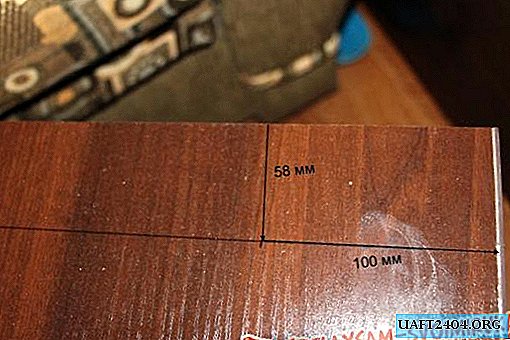
Step 2. From the top of the side wall, 8 mm is measured, draw a line and lay on it 100 mm from the sides for the symmetry of the holes - this is the upper wall of the cabinet.
Between the lines in steps 1 and 2, the distance is measured - in our case it is 2134 mm. In addition to the top and bottom there are 4 shelves left, therefore, 2134/5 = 427 mm. We draw lines every 427 mm, we also set aside 100 mm from the edges for symmetrical holes.
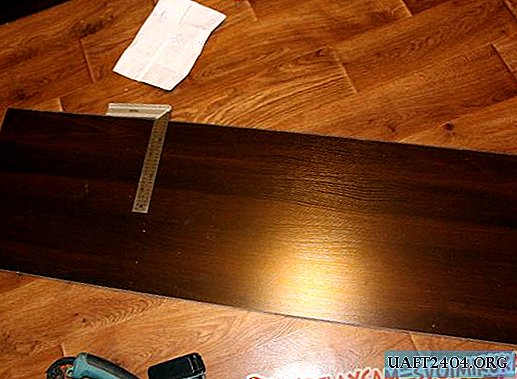
Step 3. We put the side shelves on 2 stools (carefully so as not to damage the stool) and drill holes on prepared marked points.



Step 4. Next, on the shelves from the ends we measure out 100 mm and 8 mm along the axes. We make holes in all the shelves at the designated points.

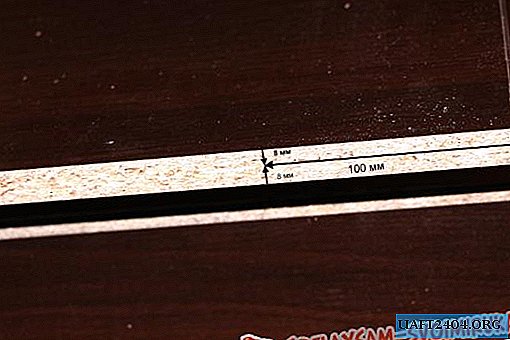

Step 5. We assemble the shelves, fasten to the side walls: first to one, then put the second wall and connect to the shelves.
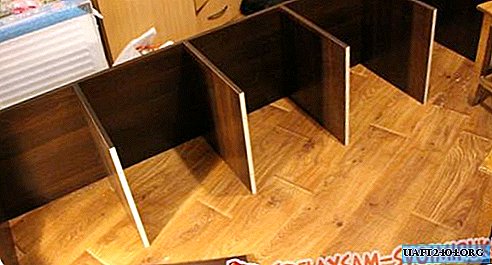
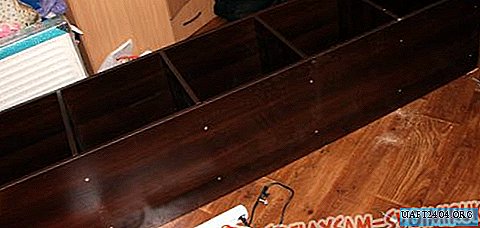

Step 6. On the short sides from the ends of the facade we drill holes at a distance of 25 mm from the bottom and 8 mm from the edge, we fasten the facade to the side walls of the cabinet.
Step 9. Door installation: hinges are screwed into the ordered holes. Then the door is set exactly to the cabinet and with an awl (core), bastings are made for the holes for the self-tapping screws through the hinges themselves. It is necessary to fasten the door with someone else's help. If you make a little mistake, it’s not scary, since the loop itself is adjustable vertically and horizontally.


The handle is screwed where it is convenient for you. The back wall is nailed with small shoe studs. If the room has a high baseboard, you can make semicircular recesses at the bottom of the cabinet with a jigsaw so that it fits snugly against the wall. For aesthetics, confermates are closed with plastic plugs.
Use on health!
Share
Pin
Tweet
Send
Share
Send

